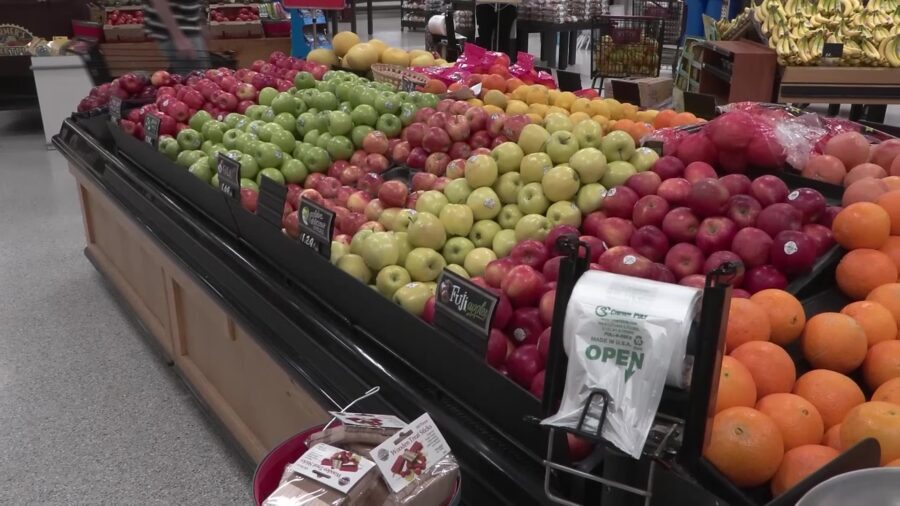Shopping
Is grocery shopping ‘frustrating and stressful’? Here are ways to stretch your dollars

WEST VALLEY CITY — High food prices are squeezing Utah families, and going to the grocery store can be a frustrating experience.
Tina Hermansen knows all about that. She’s a wife, mother, and substitute teacher from West Valley City.
“It’s very frustrating and stressful,” Hermansen said. “I get anxious going to the grocery store because of how much I’m spending.”
Her family of six has just one child still living at home, but her other kids come over to eat often.
Every month – all told – she spends between $800 and $1,000 dollars on food.
“That money doesn’t go as far as it used to,” Hermansen pointed out.
Every month, Tina Hermansen spends between $800 and $1,000 dollars on food. (KSL TV)
She’s not alone in feeling that way.
“The need for programming or assistance to getting food access has gone up,” said Lea Palmer, a dietitian who sees firsthand the impact of rising food prices on Utah families. “I think that inflation rate has hit everybody.”
Tips for families
This has many families trying different ways to stretch their dollars even further. Palmer has a lot of tips for that.
“Go shopping once,” Palmer said. “Reduce the time that you’re in the store.”
On top of that, she said, go to the store with a menu plan – and a list.
Additionally, “cook once, eat twice,” Palmer said, and try “to cook in bulk because when you purchase in bulk, it’s usually a lower cost overall.”
Hermansen has her own tricks for saving money on food.
“For instance, if I were to bake a whole chicken, then I’d take those bones and boil it and make my own bone broth and can it,” she said. “Then I don’t have to buy broth or whatever for recipes.”

Tina Hermansen has her own tricks for saving money on food. “For instance, if I were to bake a whole chicken, then I’d take those bones and boil it and make my own bone broth and can it,” she said. “Then I don’t have to buy broth or whatever for recipes.” (KSL TV)
She also freezes any leftovers her family has.
“Then we have a meal all ready to throw in the oven when we’re ready to eat it,” said Hermansen.
It’s also important to make sure you’re getting enough healthy foods. The federal government actually tracks how much it costs to eat nutritiously, laying out different budgets by size – low, moderate, and liberal.
Hermansen’s budget – for her household size – hovers between low and moderate.
“It would be nice if we could get little extras here and there,” Hermansen said, “but with how the prices of food have gone up, I can’t buy extras anymore like I used to.”
Others find buying enough nutritious food nearly impossible. If you’re in that group, Palmer said, don’t be shy.
“There’s nothing shameful about going and asking for help,” she said. “There’s a lot of programs out there who are very invested in supporting our communities.”
For now, Hermansen works hard to stay on track with her budget while hoping her grocery bill might someday be a little less painful.
“It would be nice if food were more affordable,” she said, “so people could get what they need.”
Additional resources
If you need help buying food, check out the following programs and resources:
The following websites can be helpful with meal planning and nutrition tracking:





/cdn.vox-cdn.com/uploads/chorus_asset/file/25626295/247263_iphone_16_pro_AKrales_0799.jpg)


